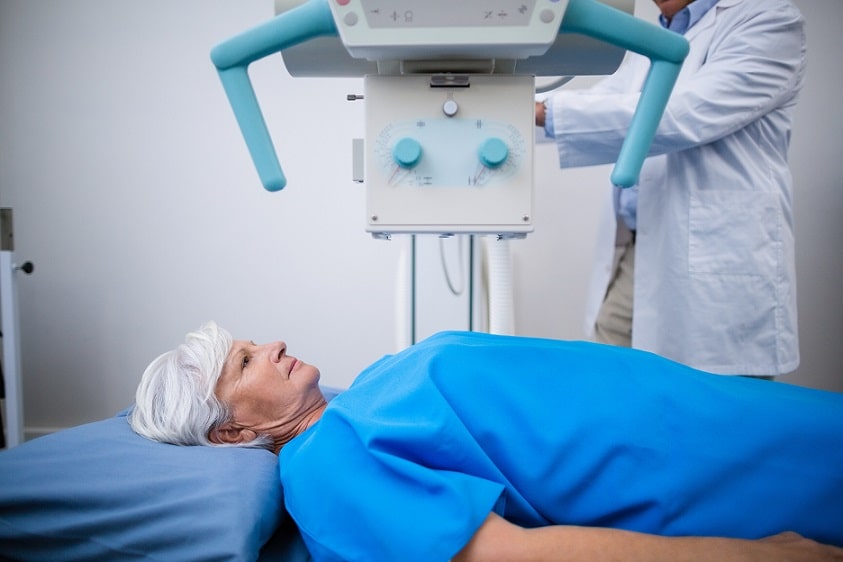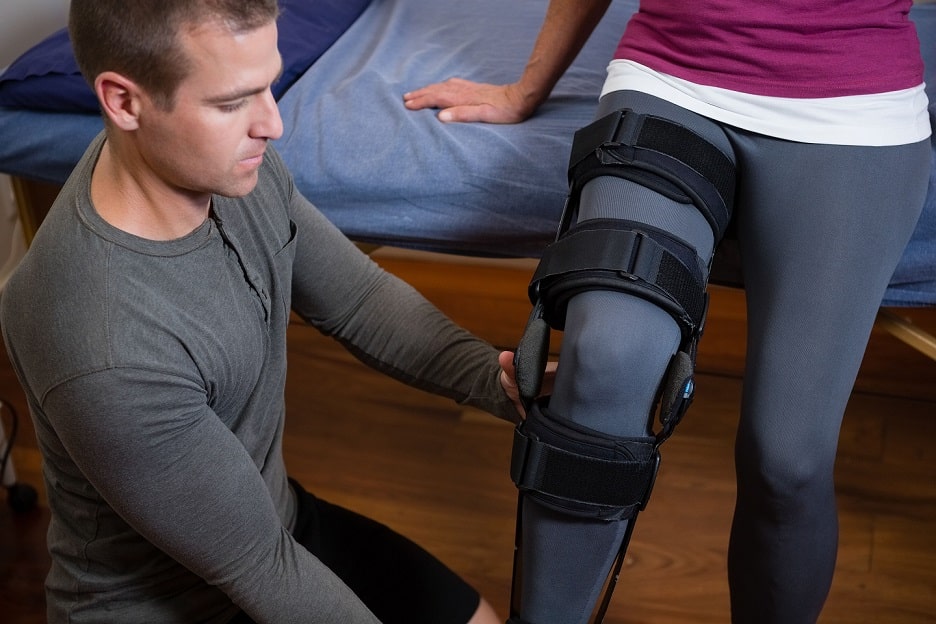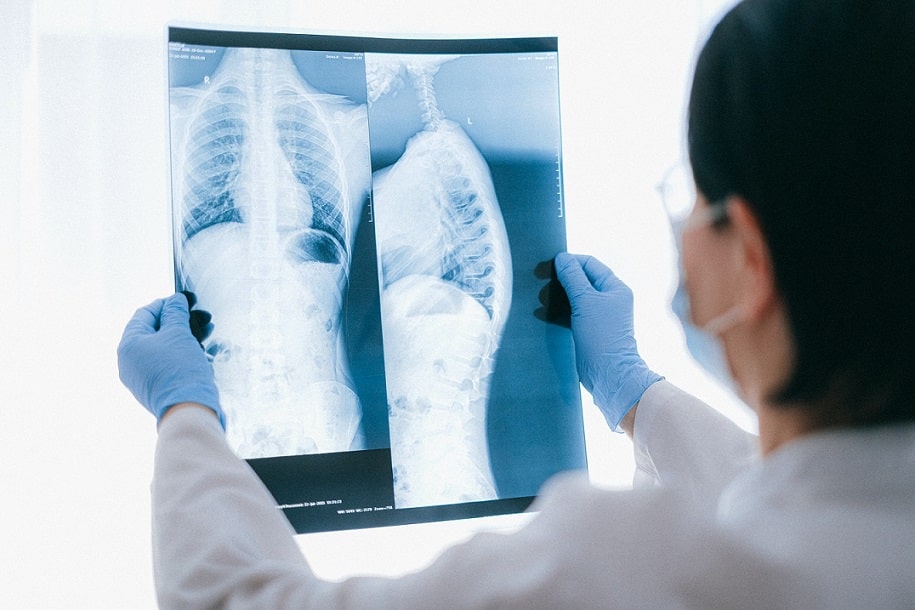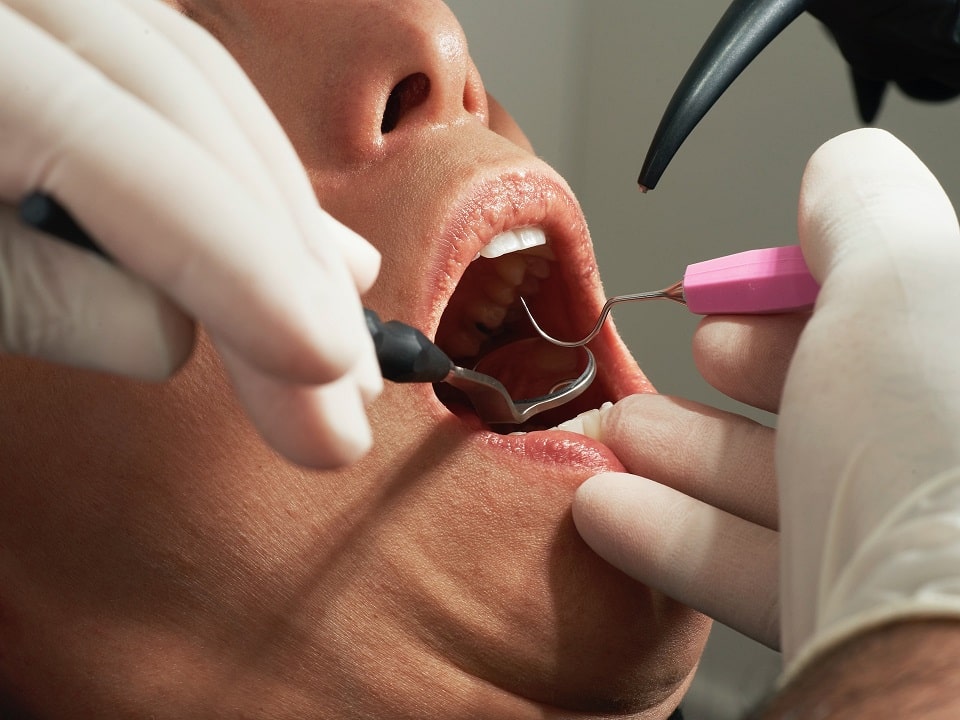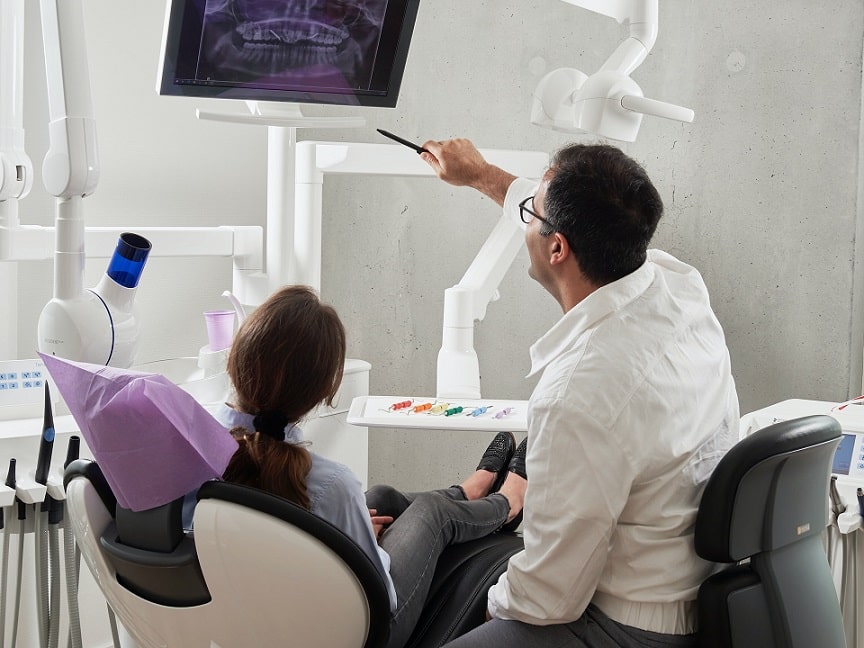 There are loads of rules and regulations that employers must abide by in order to protect their employees from being injured in the workplace. When it comes to work equipment, there are specific regulations to cover this: The Provision and Use of Work Equipment Regulations 1998.
There are loads of rules and regulations that employers must abide by in order to protect their employees from being injured in the workplace. When it comes to work equipment, there are specific regulations to cover this: The Provision and Use of Work Equipment Regulations 1998.
When it comes to guards on machines and equipment, the regulations that are most important state the following:
Dangerous parts of machinery
11.(1) Every employer shall ensure that measures are taken in accordance with paragraph (2) which are effective –
(a) to prevent access to any dangerous part of machinery or to any rotating stock-bar; or
(b) to stop the movement of any dangerous part of machinery or rotating stock-bar before any part of a person enters a danger zone.
(2) The measures required by paragraph (1) shall consist of –
(a) the provision of fixed guards enclosing every dangerous part or rotating stock-bar where and to the extent that it is practicable to do so, but where or to the extent that it is not, then
(b) the provision of other guards or protection devices where and to the extent that it is practicable to do so, but where or to the extent that it is not, then
This clearly puts a duty on employers to ensure that anyone working with equipment that could potentially injure you due to dangerous parts like moving or rotating parts or sharp edges. The regulations go even further:
(3) All guards and protection devices provided under sub-paragraphs (a) or (b) of paragraph (2) shall –
(a) be suitable for the purpose for which they are provided;
(b) be of good construction, sound material and adequate strength;
(c) be maintained in an efficient state, in efficient working order and in good repair;
(d) not give rise to any increased risk to health or safety;
(e) not be easily bypassed or disabled;
(f) be situated at sufficient distance from the danger zone;
(g) not unduly restrict the view of the operating cycle of the machinery, where such a view is necessary;
(h) be so constructed or adapted that they allow operations necessary to fit or replace parts and for maintenance work, restricting access so that it is allowed only to the area where the work is to be carried out and, if possible, without having to dismantle the guard or protection device.
The regulations are fairly meaty and are designed to properly cover you so the duty is on your employer to ensure guards are in place to protect you from being injured. Many large pieces of equipment will have parts which could cut or crush parts of your body, or worse, cause amputations.
The regulations and the weight of the duty they impose on your employer should mean that if you are ever injured as a result of a failure to have appropriate guarding in place, you should have a successful claim for a work injury compensation.
100% Compensation and Insurance
Importantly, we should be able to represent you on a 100% compensation basis. Unlike other law firms, we are not looking to deduct the standard 25% from your payout and we are not asking you to pay for any insurance for a case.
Your employer should be insured and we will claim our recoverable legal fees directly from them. That way you get to keep every penny of the compensation that is rightfully yours.
Give us a call for free and friendly legal advice on our dedicated claims helpline on 0800 634 75 75.
Reference : www.legislation.gov.uk/uksi/1998/2306/made

 There are loads of rules and regulations that employers must abide by in order to protect their employees from being injured in the workplace. When it comes to work equipment, there are specific regulations to cover this: The Provision and Use of Work Equipment Regulations 1998.
There are loads of rules and regulations that employers must abide by in order to protect their employees from being injured in the workplace. When it comes to work equipment, there are specific regulations to cover this: The Provision and Use of Work Equipment Regulations 1998.


